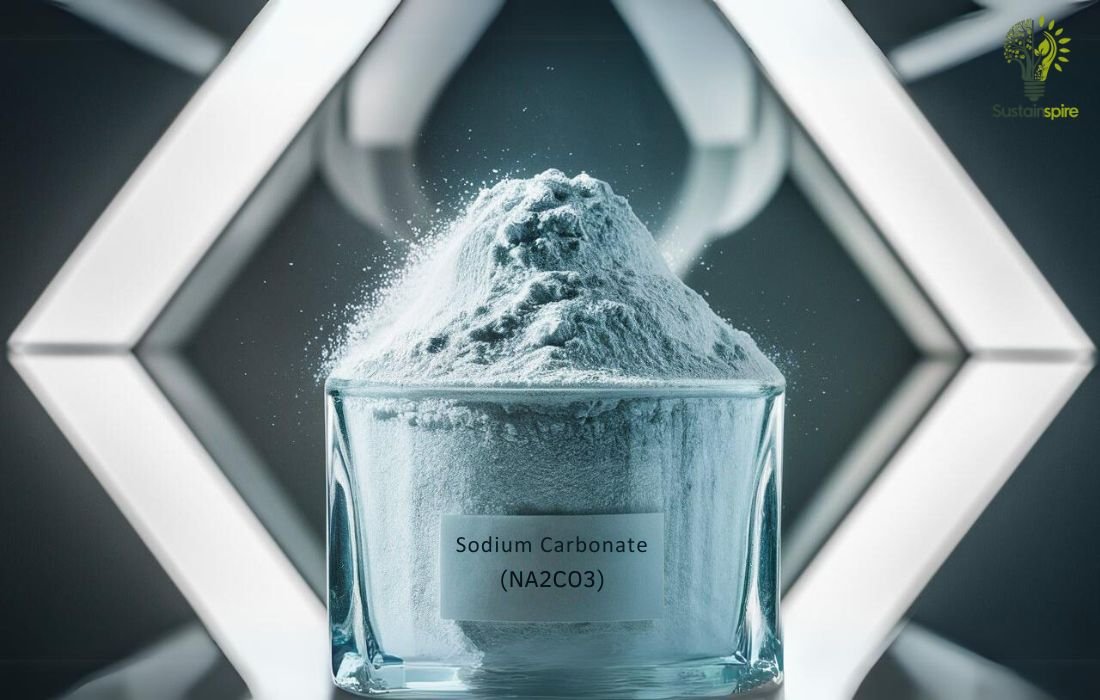Go Green with Sodium Carbonate: Tips & Tricks
Have you ever thought about the ingredients that make up everyday products, like the powder that cleans your clothes? One common ingredient, sodium carbonate, might sound like a complex chemical, but it’s a simple compound with a long history. Also known as soda ash or carbon sodium, this versatile substance plays a key role in various industries, from glassmaking to cleaning products.
But as we become more aware of our environmental footprint, we must understand the impact of the substances we use. How does production of Carbonate of soda affect our planet, and are there ways to minimize any negative consequences?
This article explores the realm of soda ash, exploring its production process, environmental implications, and ongoing efforts to ensure its sustainable use. We’ll uncover the challenges and opportunities surrounding this essential compound, providing you with the knowledge to make informed choices as a consumer and advocate for a greener future. So, buckle up and get ready for a deep dive into the world of Carbonate of soda. It might change the way you look at your laundry detergent!
Understanding Sodium Carbonate: Uses and Importance
Sodium carbonate, also known as soda ash, plays a important role in various industries and everyday applications. This compound, encompassing forms like calcium magnesium carbonate, carbonate anhydrous, sodium carbonate soda, baking soda sodium, and sodium carbonate anhydrous, boasts a rich history.
Ancient civilizations utilized its properties for glassmaking and cleaning! Let’s explore what exactly soda ash is and why it remains so important in our modern world.
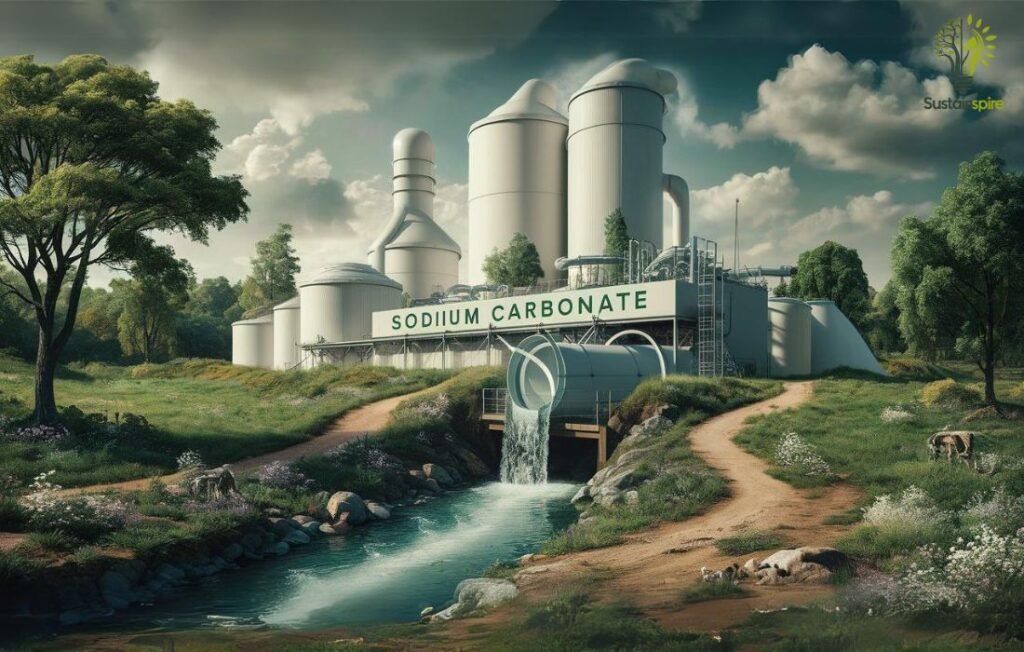
What is Sodium Carbonate?
It is a chemical compound with the formula Na2CO3. This anhydrous alkali compound, derived from carbonic acid and is commonly found as a white, odorless powder. It’s highly soluble in water, forming an alkaline solution. This alkalinity is what makes it useful for a variety of applications, from neutralizing acids to acting as a cleaning agent, like soaps.
Common Names and Applications of Soda Ash
This compound is known by many names, including soda ash, washing soda, and soda crystals. These names often reflect its use in various applications. For example, “washing soda” highlights its use as a cleaning agent in laundry detergents and household cleaners.
Soda ash also plays a critical role in glass manufacturing, where it helps lower the melting point of silica, making the process more efficient. It’s also used in paper production, water treatment, and the manufacturing of various chemicals.
Key Industries Reliant on Sodium Carbonate
Several key industries rely heavily on Carbonate of soda:
- Glass Manufacturing: Soda ash is essential for producing all types of glass, from windows to bottles to fiberglass.
- Chemical Manufacturing: It’s used as a building block for producing various chemicals, including sodium bicarbonate (baking soda) and sodium hydroxide (caustic soda).
- Detergent and Cleaning Products: Its alkalinity makes it effective for removing dirt and grease, making it a key ingredient in many cleaning products.
- Paper Production: Soda ash helps separate lignin from cellulose fibers during papermaking, resulting in a brighter and smoother paper.
- Water Treatment: It’s used to adjust pH levels and soften hard water.
Exploring Natural and Manufactured Sources of Soda Ash
Sodium carbonate can be found naturally in mineral deposits, often in arid regions. However, most of the soda ash used today is produced synthetically through various chemical processes. The Solvay process is one of the most common methods, which uses readily available materials like salt and limestone. So, the next time you see a glass bottle or use a cleaning product, remember the important role soda crystals plays behind the scenes!
Environmental Concerns and Regulations
While soda ash plays a crucial role in various industries, its production and use raise several environmental concerns that need to be addressed. Let’s explore the potential sodium carbonate’s impact on our environment and explore ways to mitigate these concerns.
The Impact of Sodium Carbonate on Water Resources
The production can affect water resources in a couple of ways. First, it requires a significant amount of water for processing, which can strain local water supplies, especially in arid regions. Second, wastewater from production facilities needs proper treatment to avoid contaminating rivers and lakes with harmful chemicals. These chemicals, if released untreated, can disrupt aquatic ecosystems and harm aquatic life.
The impact of carbonate of soda on water resources is crucial. It helps prevent the formation of acid disodium salt, safeguarding against health risks such as abdominal pain death. These measures align with guidelines from the Department Health Human Services, ensuring water safety and quality.

Air Quality Effects of Carbon Sodium Production
Certain methods of sodium carbonate production release air pollutants like particulate matter and sulfur oxides. These emissions can contribute to respiratory problems and smog formation, impacting air quality in surrounding communities. Modern production facilities employ pollution control technologies to minimize these emissions, but continuous monitoring and improvement are essential.

Land Use and Waste Management Considerations
Soda Ash production facilities require land for mining raw materials and for the construction of processing plants. This can lead to habitat loss and disrupt ecosystems. Additionally, the industry generates solid waste that needs proper disposal to avoid soil and groundwater contamination. Implementing sustainable land management practices and responsible waste disposal methods are crucial for minimizing the environmental footprint.
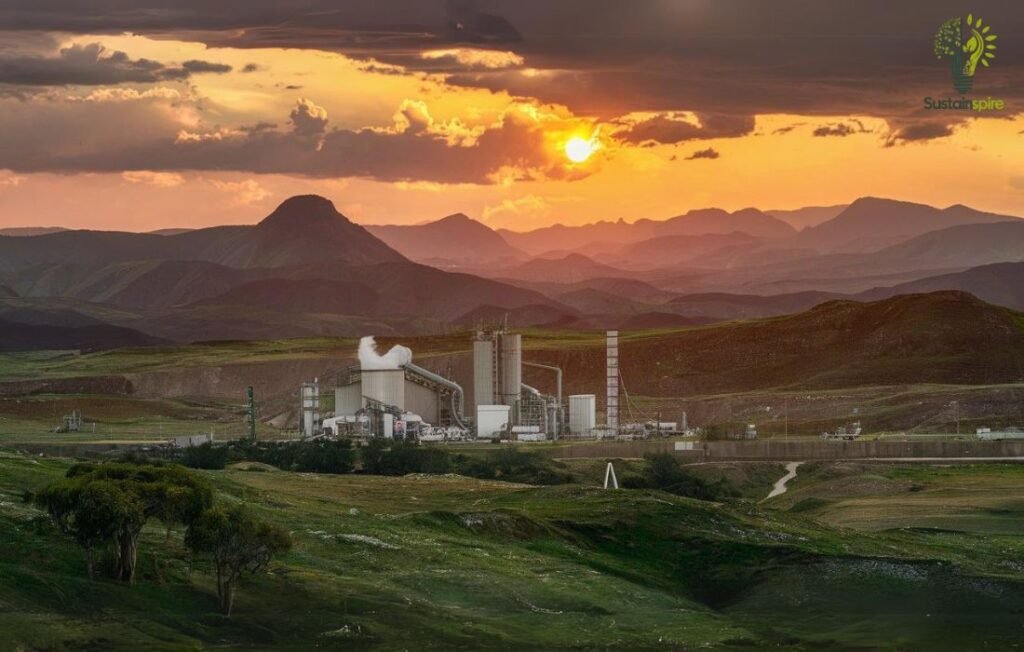
Navigating Environmental Regulations
Various environmental regulations govern the production and use of Na2CO3 to minimize its ecological impact. These regulations address issues like wastewater treatment, air emission control, and waste management. Staying informed about and adhering to these regulations is not just a legal obligation but a responsibility toward protecting our environment.

Sustainable Practices in Sodium Carbonate Production
The sodium carbonate industry is actively pursuing cleaner production methods to minimize its environmental footprint. This involves implementing strategies that reduce resource consumption, waste generation, and emissions. Let’s explore some key areas of focus:
Cleaner Production Methods for Sodium Carbonate
One significant advancement is the adoption of membrane technology in the production process. This technology allows for the efficient separation and purification of sodium carbon with reduced energy consumption and waste generation compared to traditional methods.
Additionally, researchers are exploring innovative approaches like using natural sources, such as certain types of algae, for its production, further minimizing environmental impact.
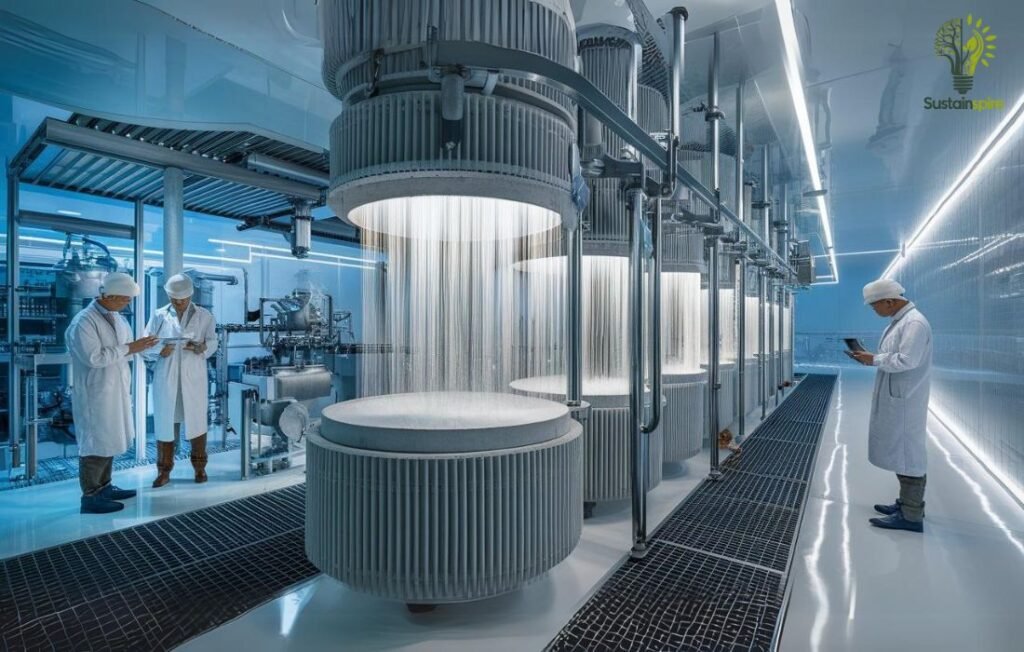
Reducing Emissions and Waste in Manufacturing
The industry is actively working to curtail emissions, particularly greenhouse gases like carbon dioxide. Implementing energy-efficient technologies and optimizing production processes are crucial steps in this direction. Additionally, carbon capture and storage (CCS) technologies are being investigated to capture and store carbon dioxide emissions, preventing them from entering the atmosphere. Waste reduction strategies involve minimizing byproducts and finding ways to recycle or reuse waste materials, turning potential environmental hazards into valuable resources.
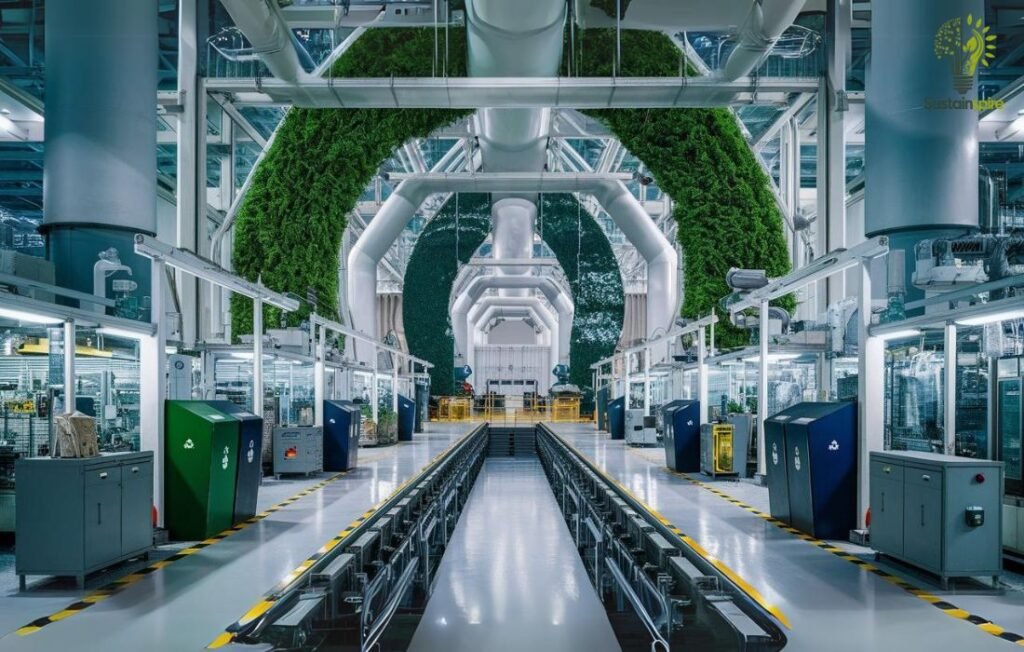
Water Conservation and Wastewater Management Strategies
Production of Soda crystals requires water, making water conservation a vital aspect of sustainable practices. Implementing water-efficient technologies and practices, such as closed-loop cooling systems, helps reduce water consumption. Additionally, effective wastewater treatment ensures that any discharged water meets environmental regulations and minimizes impact on aquatic ecosystems.
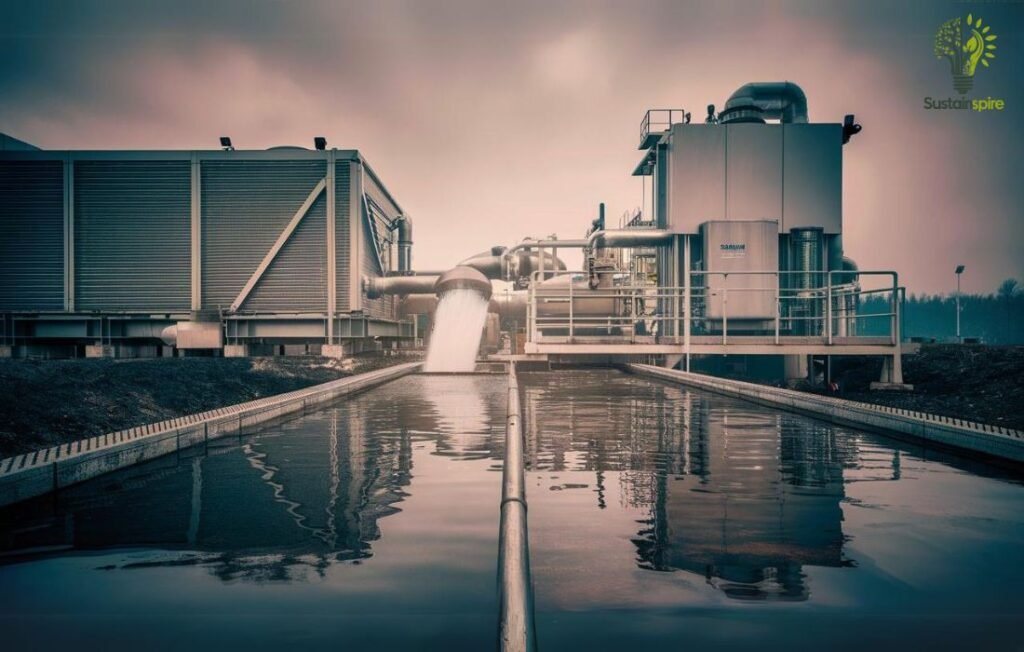
Promoting Biodiversity and Ecosystem Protection
Sustainable sodium carbonate production extends beyond the factory gates. The industry is increasingly engaging in initiatives to protect biodiversity and ecosystems around production sites. This includes habitat restoration projects, responsible land management practices, and supporting local conservation efforts.

Carbon Sodium and the Circular Economy
The concept of a circular economy is becoming popular as we effort for more sustainable practices. This approach aims to eliminate waste and pollution by keeping resources in use for as long as possible. In the context of sodium carbonate, this translates to exploring innovative ways to recycle, reuse, and close the loop on this valuable compound.
Carbon sodium plays a vital role in the circular economy, with applications ranging from carbonic acid disodium salt in baking soda sodium carbonate to the production of sodium carbonate soda ash and its use in carbonic acid sodium hydroxide.
Exploring Recycling and Reuse
Recycling Soda Ash from industrial processes is a key aspect of the circular economy. Several methods exist, including:
- Direct reuse: In some cases, spent Na2CO3 solutions can be purified and reused directly in the same or similar industrial applications.
- Recovery from waste streams: Carbonate of soda can be recovered from various waste streams, such as those generated in the paper and pulp industry or flue gas desulfurization processes.
- Conversion to other useful products: Sodium carbonate can be used as a raw material to produce other valuable chemicals like sodium bicarbonate (baking soda) or sodium hydroxide (caustic soda).
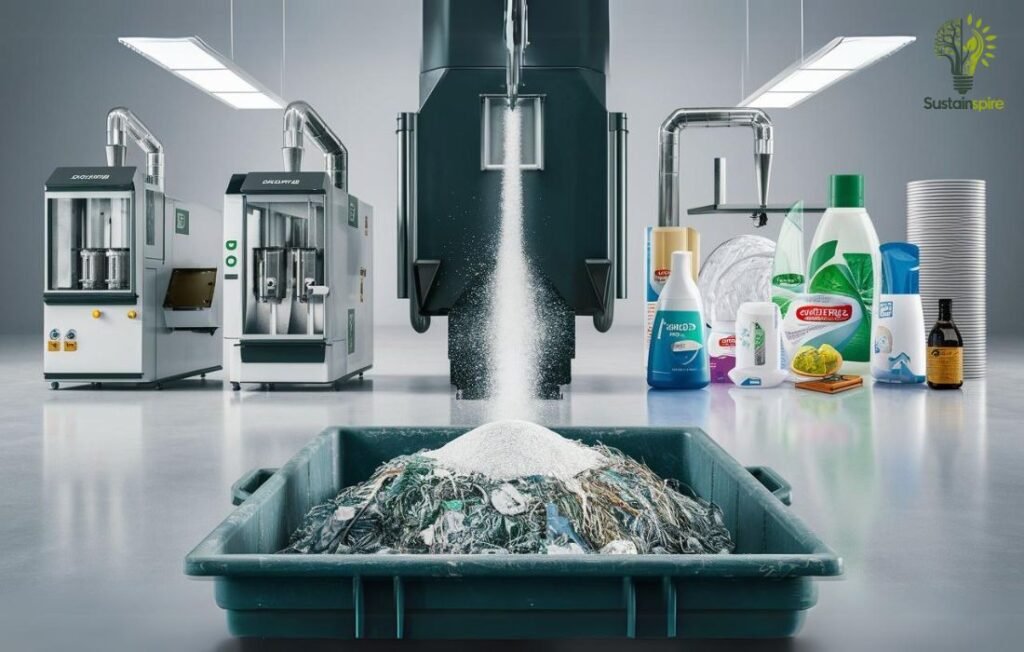
Developing Innovative Applications for Waste Materials
Researchers and industries are continuously discovering new applications for waste materials containing Soda crystals. For instance, waste Sal soda can be utilized in construction materials like bricks or concrete, contributing to a more sustainable built environment. Additionally, it can be used in soil remediation to neutralize acidic soils, promoting healthier plant growth. By finding creative ways to utilize waste materials, we move closer to a truly closed-loop system for Soda crystals.
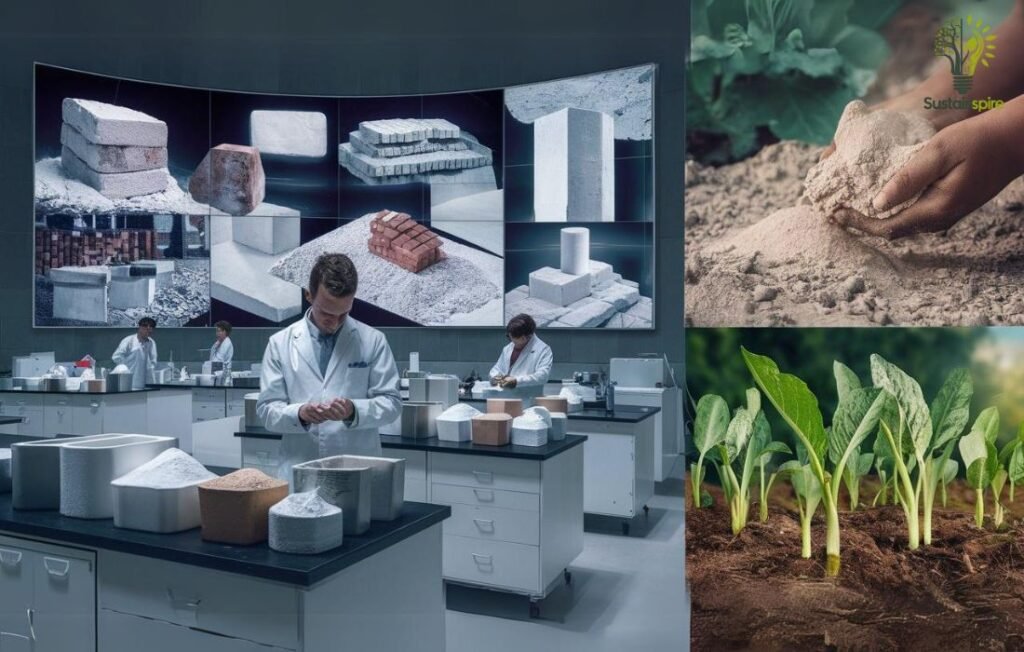
A Sustainable Approach to Sodium Carbonate
Adopting the principles of the circular economy can revolutionize the way we manage sodium carbonate. By prioritizing recycling, reuse, and innovative applications for waste materials, we can minimize environmental impact while maximizing resource efficiency. This approach not only benefits the environment but also presents economic opportunities through cost savings and the development of new markets for recycled materials. It’s a win-win situation for both the planet and our wallets!
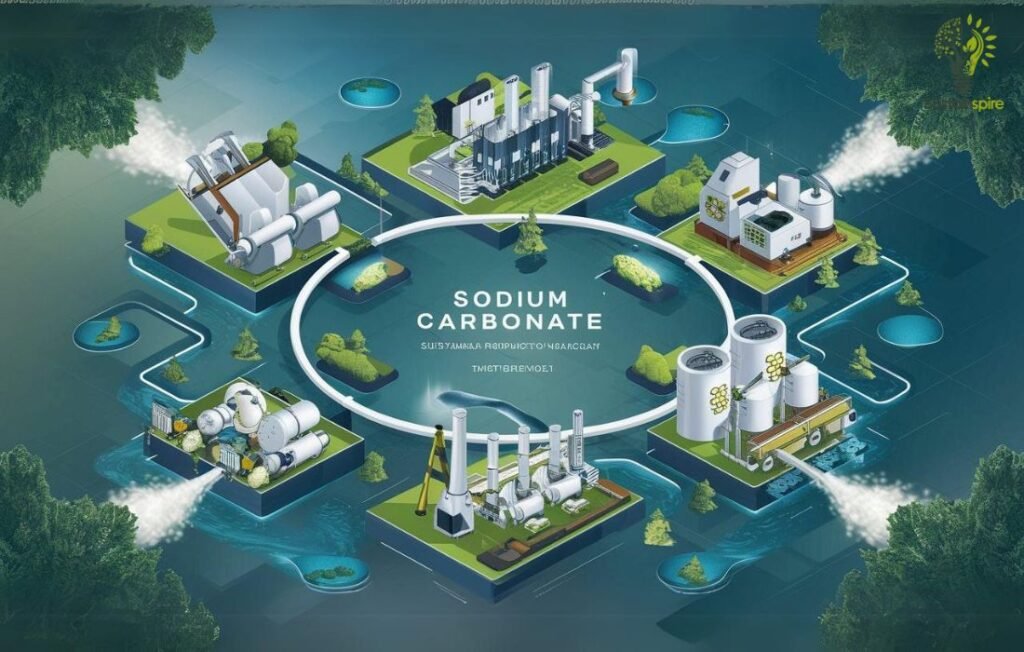
The Role of Policy and Collaboration
Transitioning to sustainable sodium carbonate production requires a multifaceted approach, with policy and collaboration playing important roles. This involves the combined efforts of governments, industry players, and local communities. Let’s explore how these groups can work together to achieve environmentally responsible production.
Government Policies and Incentives for Sustainable Practices
Governments can motivate sustainable practices within the industry through various policy measures. These may include:
- Tax breaks or subsidies for companies that adopt eco-friendly technologies and processes, such as carbon capture and storage or renewable energy sources.
- Setting clear environmental regulations and standards for emissions, waste management, and water usage.
- Investing in research and development to promote innovative and sustainable Na2CO3 production methods.
For instance, the U.S. Environmental Protection Agency’s ENERGY STAR program provides a framework for industrial plants, including those involved in Soda Ash production, to benchmark and improve their energy efficiency.
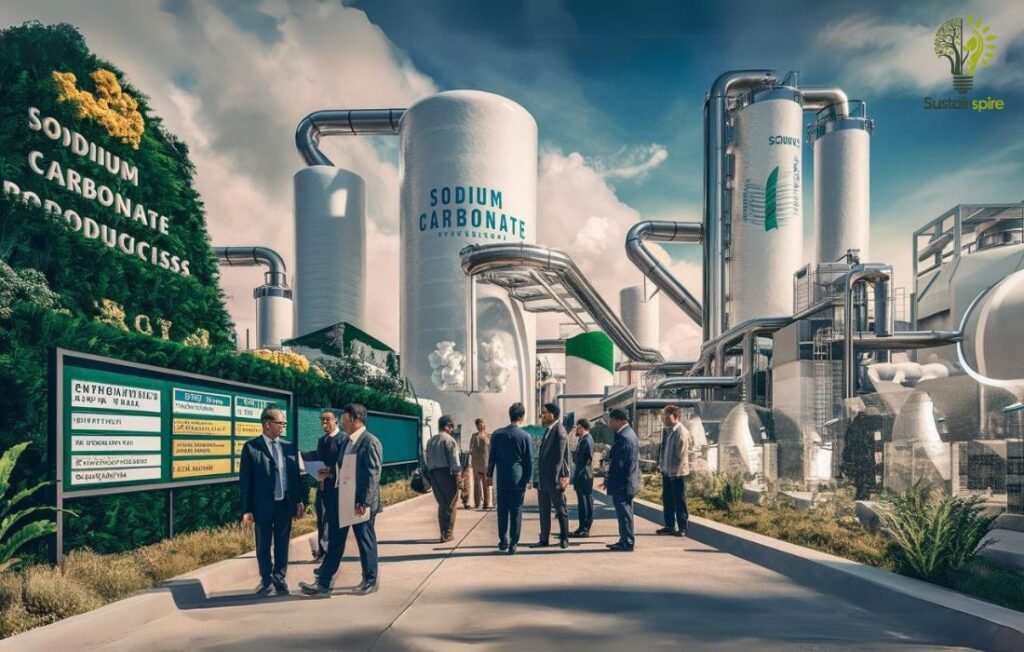
Industry Collaboration and Best Practice Sharing
Collaboration within the sodium carbonate industry is essential for accelerating the adoption of sustainable practices. Companies can:
- Establish industry-wide sustainability goals and roadmaps to guide collective efforts towards a greener future.
- Share best practices and technological advancements to optimize resource utilization and minimize environmental impact.
- Collaborate on research and development initiatives to explore new and innovative solutions for sustainable sodium carbonate production.

Engaging with Communities and Stakeholders
Sustainable Soda crystal production requires open communication and collaboration with local communities and stakeholders. Companies should:
- Actively engage with communities near production facilities to address concerns, provide transparent information, and foster trust.
- Seek input from stakeholders, including environmental groups and local residents, when developing sustainability plans and initiatives.
- Invest in community development projects that contribute to the well-being of the local population and environment.

Promoting Transparency and Accountability
Transparency and accountability are important for building trust and ensuring the long-term success of sustainable Soda Ash production. Companies can demonstrate their commitment by:
- Publicly reporting on their environmental performance and progress towards sustainability goals.
- Obtaining third-party certifications for their sustainable practices.
- Actively participating in industry initiatives that promote transparency and accountability.
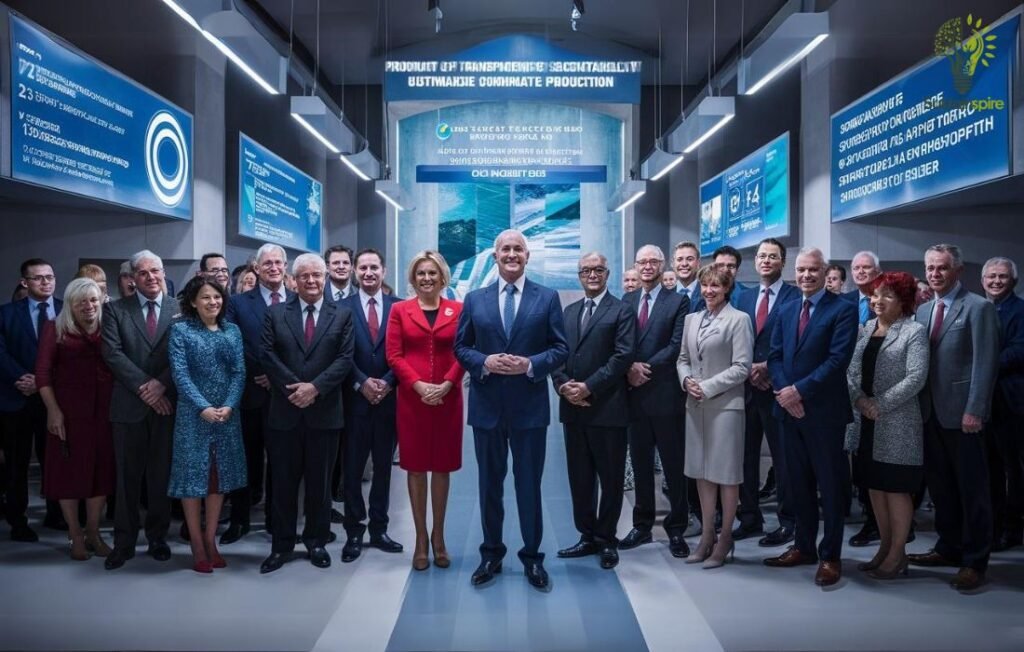
A Sustainable Future for Sodium Carbonate
The sodium carbonate industry is actively exploring innovative solutions to minimize its environmental impact and ensure a sustainable future. This involves developing new technologies, investing in research and development, and fostering collaborations across the industry.
Developing Technologies and Innovations
Several promising technologies are developing that could revolutionize sodium carbonate production. One such technology is the use of membrane electrolysis for brine purification. This process offers a more energy-efficient and environmentally friendly alternative to traditional methods. Additionally, researchers are exploring the potential of microalgae to capture CO2 emissions from sodium carbonate plants and convert them into valuable biomass.
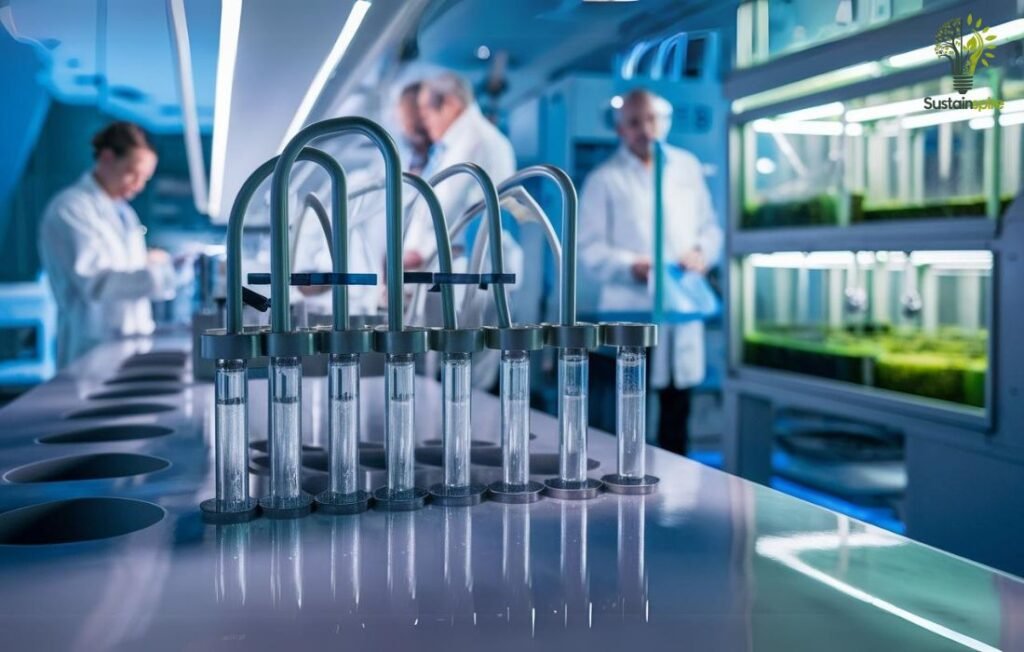
The Potential of Carbon Capture and Storage
Carbon capture and storage (CCS) technologies offer a significant opportunity to reduce the carbon footprint of washing soda production. By capturing CO2 emissions and storing them underground or utilizing them in other industrial processes, CCS can drastically reduce greenhouse gas emissions. Several pilot projects are underway to demonstrate the feasibility and effectiveness of CCS in the industry.
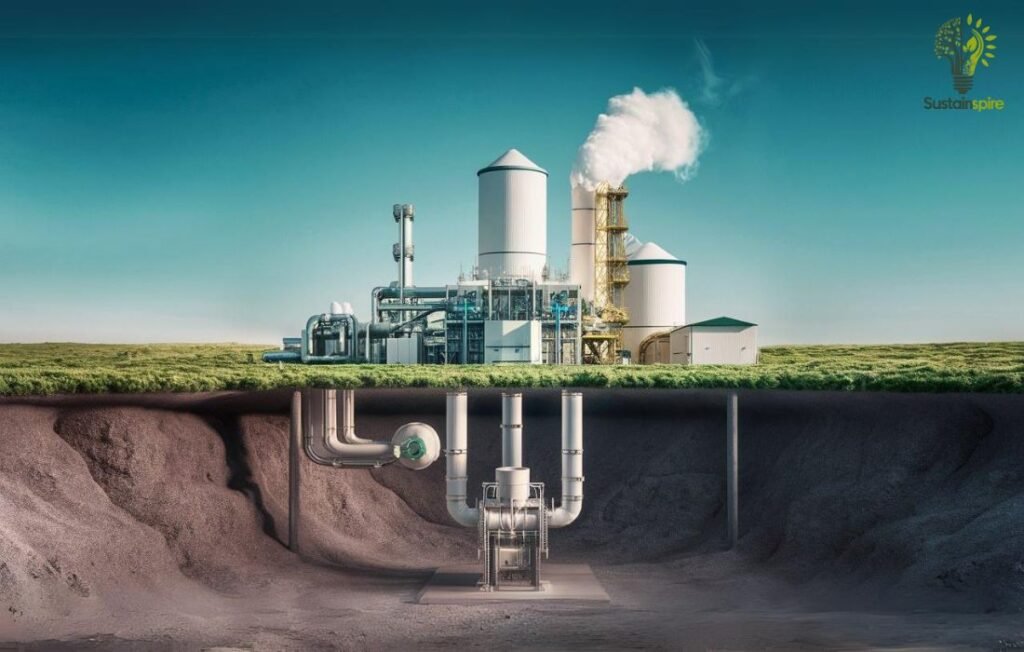
Investing in Research and Development
Continuous investment in research and development is important for driving innovation and identifying sustainable solutions. The industry is actively supporting research into alternative production methods, energy efficiency improvements, and waste reduction strategies. These efforts will be instrumental in preparing the way for a more sustainable future.
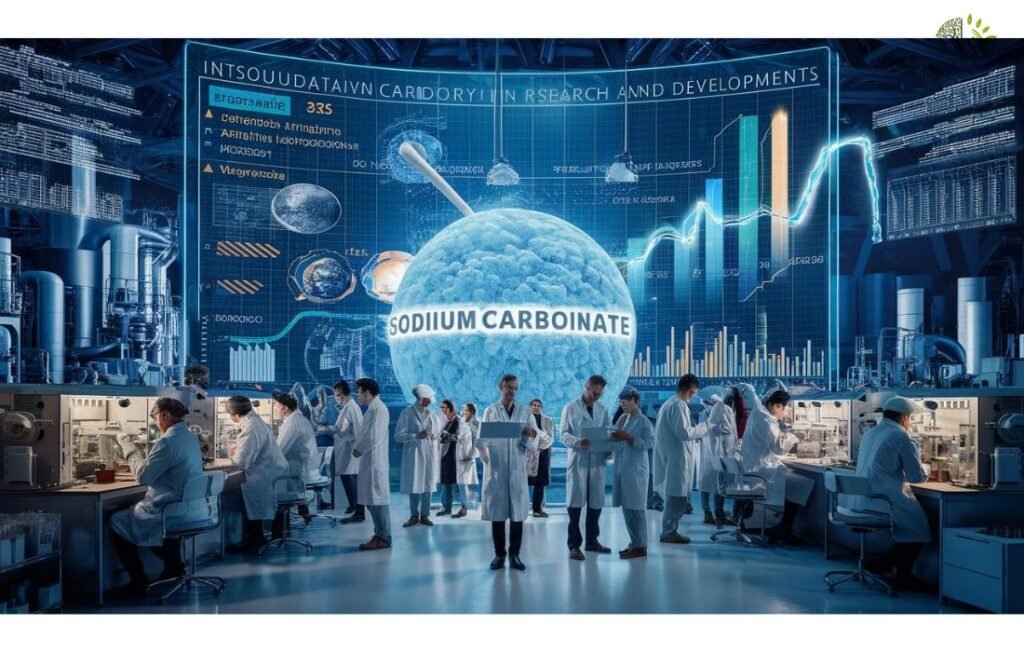
Building a Sustainable Future
The industry is committed to building a sustainable future. By developing new technologies, investing in research, and collaborating with stakeholders, the industry is taking proactive steps to minimize its environmental impact and ensure the long-term viability of Carbon Sodium production. This commitment to sustainability will not only benefit the environment but also strengthen the industry’s competitiveness and resilience in the years to come.
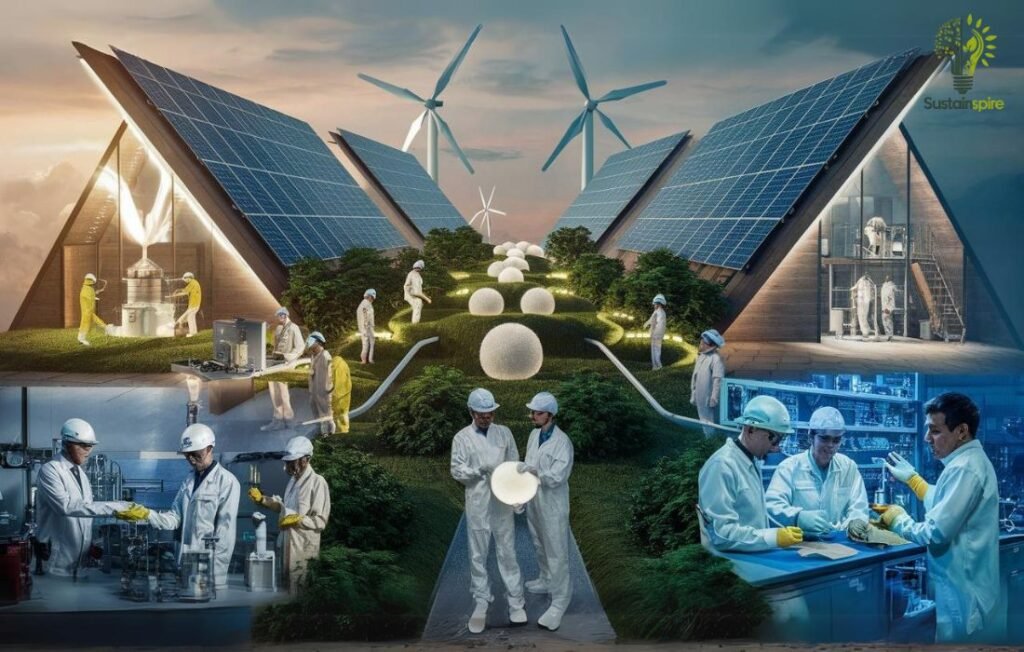
Conclusion
In conclusion, guiding the environmental challenges of sodium carbonate requires a balanced approach. We’ve explored the diverse applications of Soda Ash, from its role in glass manufacturing to its use in detergents. However, we’ve also acknowledged the environmental concerns associated with its production and disposal.
The key takeaway is the importance of responsible management. By adopting innovation and eco-friendly practices, we can minimize the environmental impact of this compound. Investing in research and development for cleaner production methods is important. Additionally, promoting recycling and proper waste disposal are essential steps in minimizing environmental harm.
We encourage you to explore further into this topic. Share this article with your network and let’s start a discussion about its responsible use. Together, we can strike a balance between utilizing this valuable compound and protecting our planet.
Frequently Asked Questions
Sodium carbonate is not considered a significant environmental hazard in its pure form. However, the way it's produced and used can still have an impact. The main concern lies in responsible production and waste management practices.
CAS number: 497-19-8
Yes, sodium carbonate is a strong base.
Sodium carbonate is used in large quantities in detergents, glass manufacturing, and water treatment.
Yes, sodium carbonate is used as a food additive, particularly in baking and as a pH regulator.
Sodium carbonate reacts with citric acid to produce carbon dioxide, water, and sodium citrate.
Sodium carbonate can be produced from sodium chloride through the Solvay process, which involves treating sodium chloride with ammonia and carbon dioxide.
Sodium oxide is commonly found as a white solid.
Sodium carbonate forms an aqueous solution when dissolved in water.
Carbon dioxide gas (CO2) is released when sodium carbonate reacts with acids.
Sodium carbonate is used in dyeing processes to help fix dyes onto fabrics.



